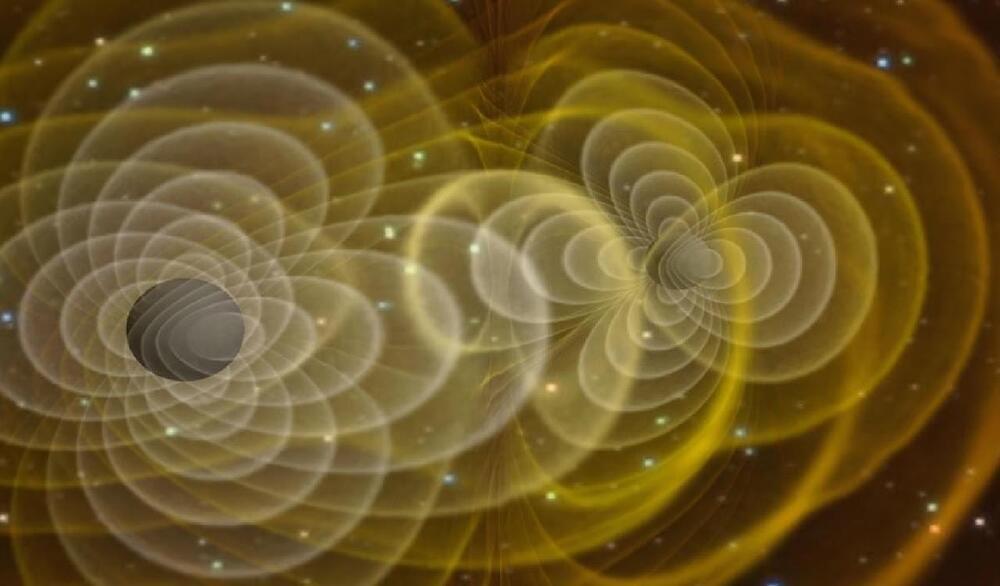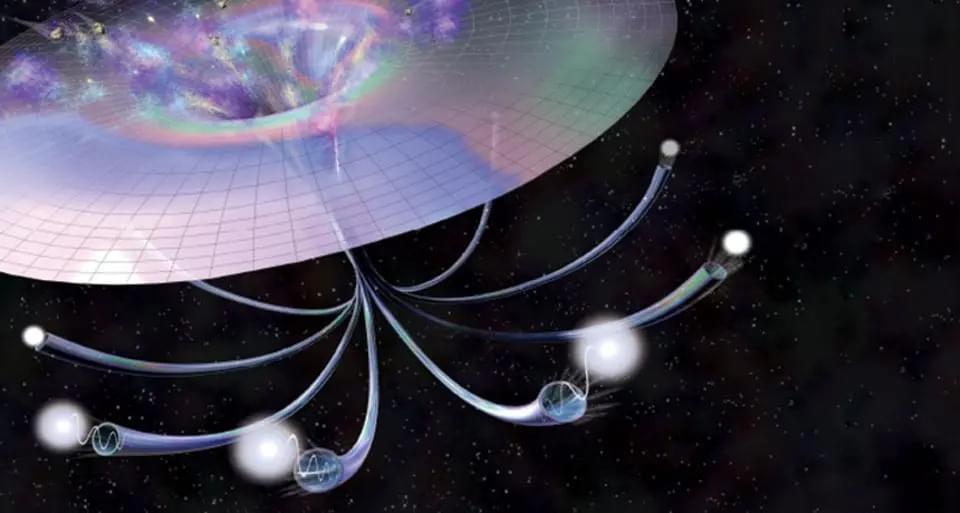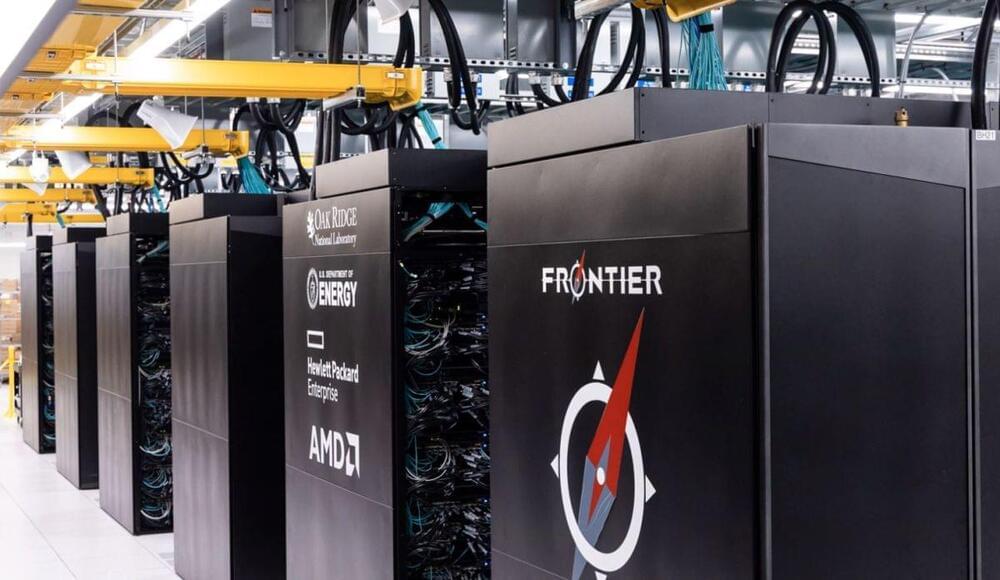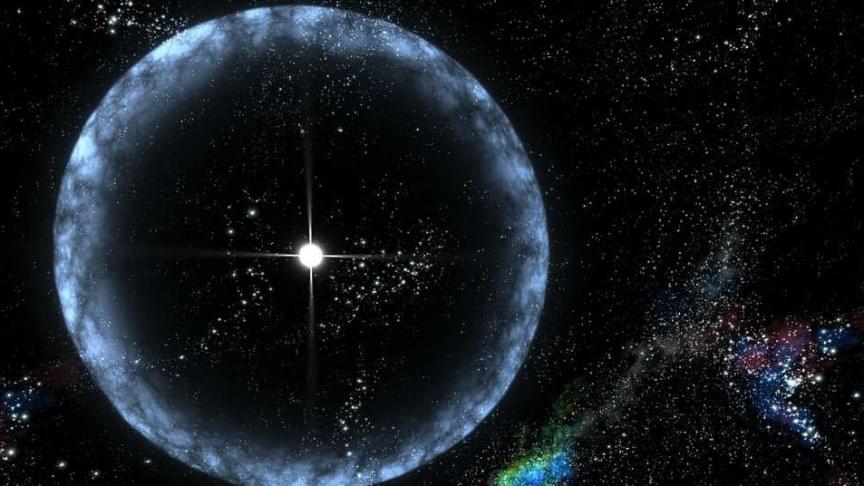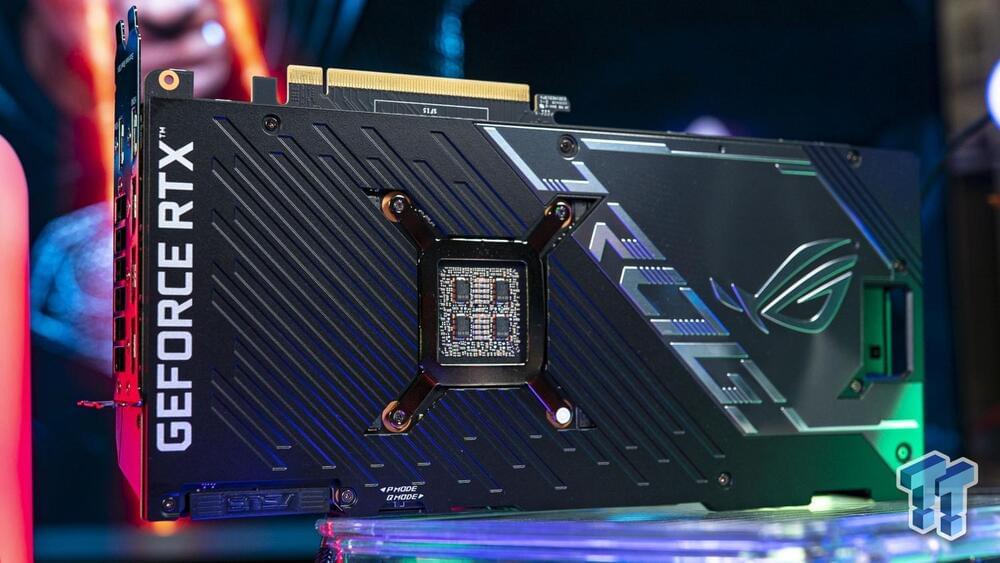Gravitational-wave scientists propose new method to refine the Hubble Constant—the expansion and age of the universeA team of international scientists, led by the Galician Institute of High Energy Physics (IGFAE) and the ARC Centre of Excellence for Gravitational Wave Discovery (OzGrav), has proposed a simple and novel method to bring the accuracy of the Hubble constant measurements down to 2% using a single obse…
Gravitational wave scientists from The University of Western Australia have led the development of a new laser mode sensor with unprecedented precision that will be used to probe the interiors of neutron stars and test fundamental limits of general relativity.
